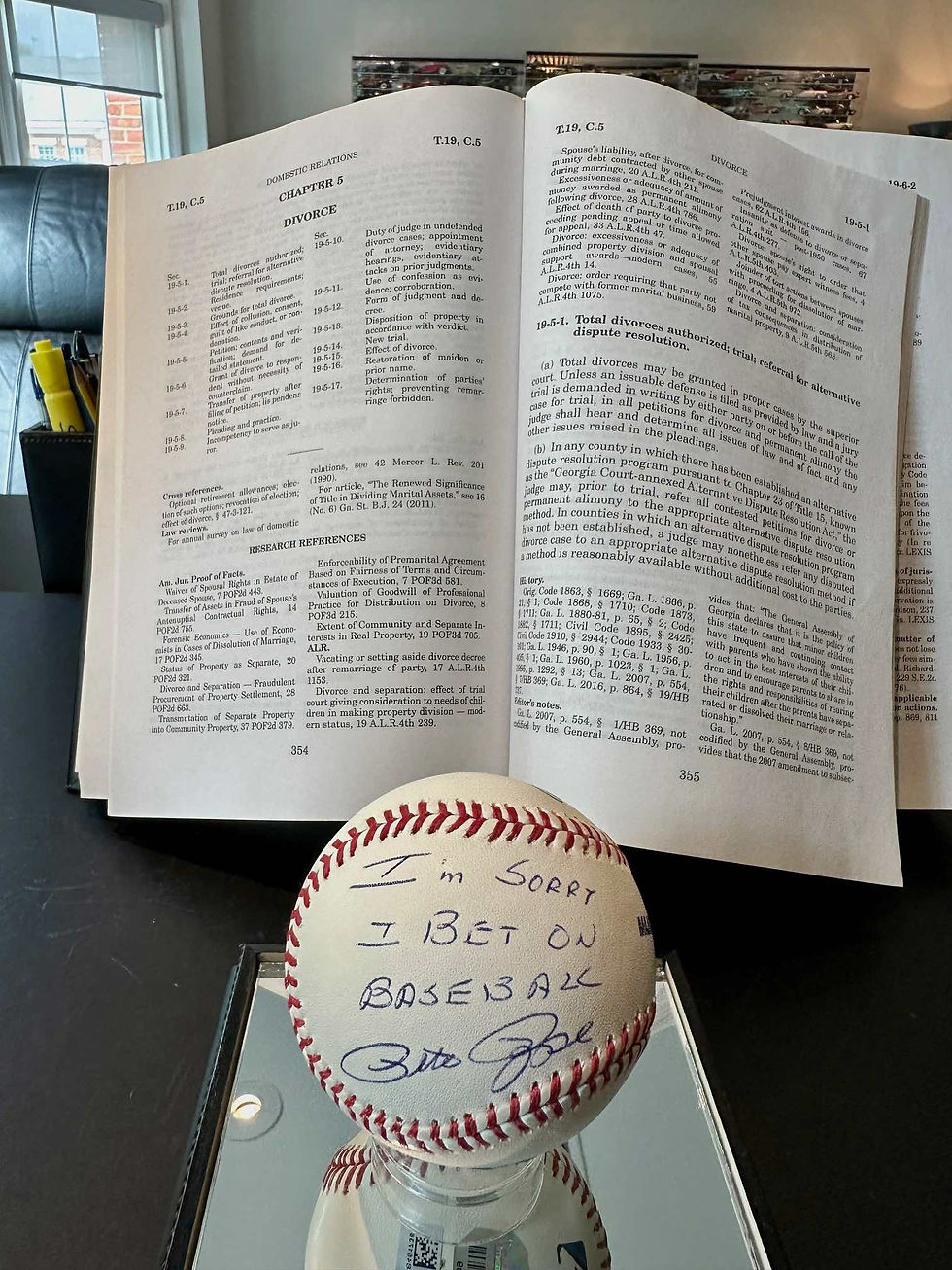U.S. v. Miller, 604 U.S. __ (2025)
- Shayna Steinfeld

- Mar 27
- 3 min read
I hope you enjoyed my first case report. This time, I’m going for “cutting edge.” Today, hot off the press (and don’t get used to this…), the Supreme Court decided U.S. v. Miller, 604 U.S. __ (2025) in favor of the government, the IRS, reversing the lower courts, finding and determining that sovereign immunity was not waived and that there was no cause of action under state law for any specific creditor and that such specific cause of action was a necessary element of a 544(b) cause of action. The case involves the interplay between sections 106(a), waiver of the government’s sovereign immunity by Congress in delineated code sections (I’ve copied the statute below) and 544(b)(1) (also copied below). The bulk of the majority opinion discusses sovereign immunity under 106(a) under a plain language analysis. The facts involved a business improperly using funds to pay its insiders’ personal tax debt 3 years prior to filing for bankruptcy. The trustee brought a fraudulent transfer action under state law against the IRS to recover the $145,000 in improperly paid taxes. There was no creditor under Utah state law who could have pursued the recovery of the transfer under state law. Had it been within the 2 year window, 548 would have applied and it would have been a different case (lesson: know what transfers are may be recoverable).
The stated Issue and holding by Justice Jackson, writing for the 8-1 majority:
Whether section 106(a) abrogates sovereign immunity only with respect to the federal cause of action created by section 544(b) or whether it also abrogates sovereign immunity with respect to the underling state law claims that supply the “applicable law” for that federal cause of action.
[The Court held] … that 106(a)’s sovereign-immunity waiver applies only to the section 544(b) claim itself and not to any state-law claims nested with that federal claim. Section 106(a) is properly understood as a jurisdictional provision that empowers courts to hear section 544() claims against the Government to the extent such claims are otherwise available under state law; it does not alter the substantive meaning section 544(b)’s “applicable law” clause.
Justice Gorsuch dissented. The dissent focused on the underlying meaning of the fraudulent transfer provisions. What about there’s a fraudulent transfer don’t you understand? And, it is the majority circuit court position…. The majority of the Miller Court followed the minority of circuit courts.
Here are the two statutes at play in the case:
106(a)(1): Sections 105, 106, 107, 108, 303, 346, 362, 363, 364, 365, 366, 502, 503, 505, 506, 510, 522, 523, 524, 525, 542, 543, 544, 545, 546, 547, 548, 549, 550, 551, 552, 553, 722, 724, 726, 744, 749, 764, 901, 922, 926, 928, 929, 944, 1107, 1141, 1142, 1143, 1146, 1201, 1203, 1205, 1206, 1227, 1231, 1301, 1303, 1305, and 1327 of this title.
S. 544 (b) (1) Except as provided in paragraph (2), the trustee may avoid any transfer of an interest of the debtor in property or any obligation incurred by the debtor that is voidable under applicable law by a creditor holding an unsecured claim that is allowable under section 502 of this title or that is not allowable only under section 502(e) of this title.





Comments